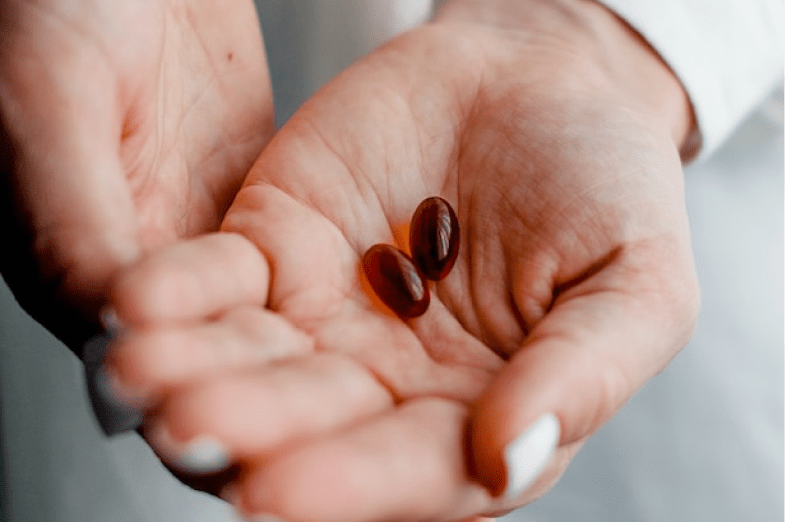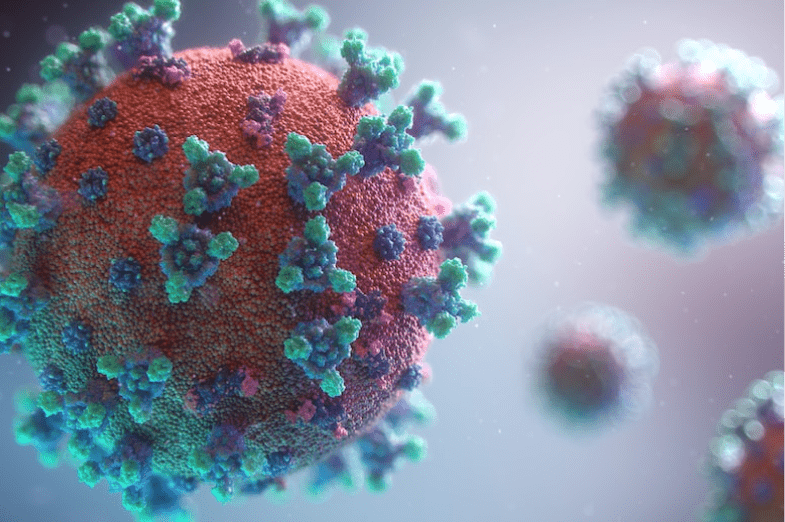The Covid-19 Epidemic In 2023 Is Back
-
By: admin
-
April 20, 2023
When Covid-19 first emerged in late 2019, it changed the world forever. By 2023, many countries had reopened, vaccines were widely distributed, and people began to adapt to a “new normal.” However, 2023 also saw new surges of Covid-19 cases, reminding us that the virus has not fully disappeared.
The return of Covid-19 outbreaks in 2023 raises important questions: Why is it back, how is it different, and what can we do to stay safe?
Reports in 2023 showed rising Covid-19 infections across multiple regions, driven by new Omicron subvariants such as XBB, BQ.1, and BA.5.2. These variants spread faster, sometimes evading prior immunity, but most caused milder illness compared to the original virus.
Key factors behind the resurgence included:
-
Relaxed restrictions: Mask mandates and travel rules had been lifted in many places.
-
Waning immunity: Vaccine effectiveness naturally decreased over time without booster shots.
-
Global travel: Increased international movement allowed variants to spread quickly.
How Covid-19 in 2023 Differs from 2020–2021
-
Less Severe Illness: Thanks to widespread vaccination and prior infections, hospitalizations and deaths were lower than in early waves.
-
Better Treatment: Antiviral drugs like Paxlovid became more accessible, reducing the risk of severe disease.
-
Long Covid Awareness: In 2023, more focus was placed on preventing long-term effects such as fatigue, brain fog, and breathing issues.
-
Booster Campaigns: Updated bivalent vaccines were rolled out to target Omicron strains.
What Governments and Health Organizations Are Doing
In response to the resurgence, governments and health organizations took steps such as:
-
Rolling out updated boosters targeting Omicron subvariants.
-
Encouraging mask use in crowded indoor spaces.
-
Monitoring hospital capacity and reinforcing testing systems.
-
Continuing public education on hygiene and respiratory health.
The World Health Organization (WHO) emphasized that while Covid-19 was no longer a global health emergency, it still posed risks — especially to vulnerable populations such as the elderly and immunocompromised.
What You Can Do to Stay Protected
-
Stay Up to Date with Vaccines: Get booster shots when available to maintain strong immunity.
-
Practice Smart Hygiene: Regular hand washing and proper ventilation reduce spread.
-
Use Masks When Needed: Especially in crowded, poorly ventilated indoor spaces.
-
Monitor Your Health: If you feel unwell, test for Covid-19 and avoid exposing others.
-
Prioritize Wellness: A strong immune system – supported by sleep, exercise, and nutrition – helps your body defend against infections.
Looking Ahead – Living with Covid-19
By 2023, it became clear that Covid-19 was shifting from a global pandemic to an endemic virus – something that will remain part of our lives, similar to seasonal flu. The goal is no longer elimination but management: preventing severe illness, protecting vulnerable groups, and minimizing disruptions to daily life.
Conclusion
The Covid-19 epidemic in 2023 served as a reminder that the virus is still with us. While vaccines, treatments, and public awareness have made the disease less dangerous than before, new variants highlight the importance of vigilance.
Living with Covid-19 means staying informed, prepared, and adaptable. With the right precautions, we can continue moving forward – stronger, smarter, and healthier.
1 Comment
Comments are closed.












Together, the antioxidants infused into this lightweight treatment give you the benefits you would achieve with Vitamin C—and give your skin the same bright, glowing, even-toned results but without the reactivity.